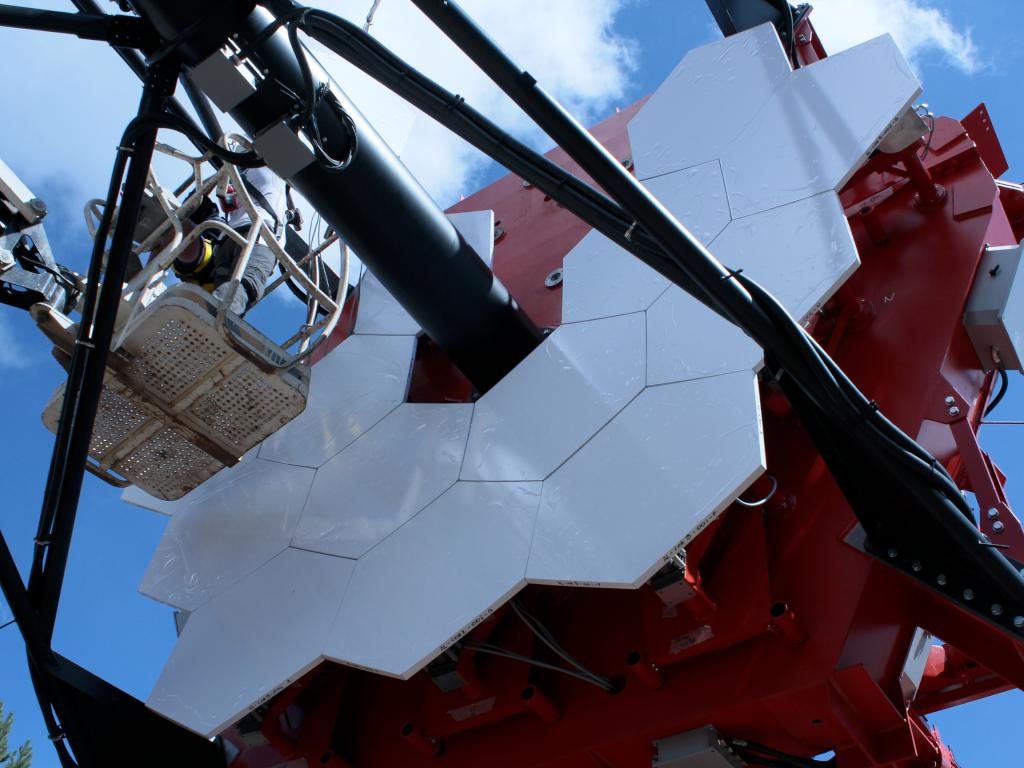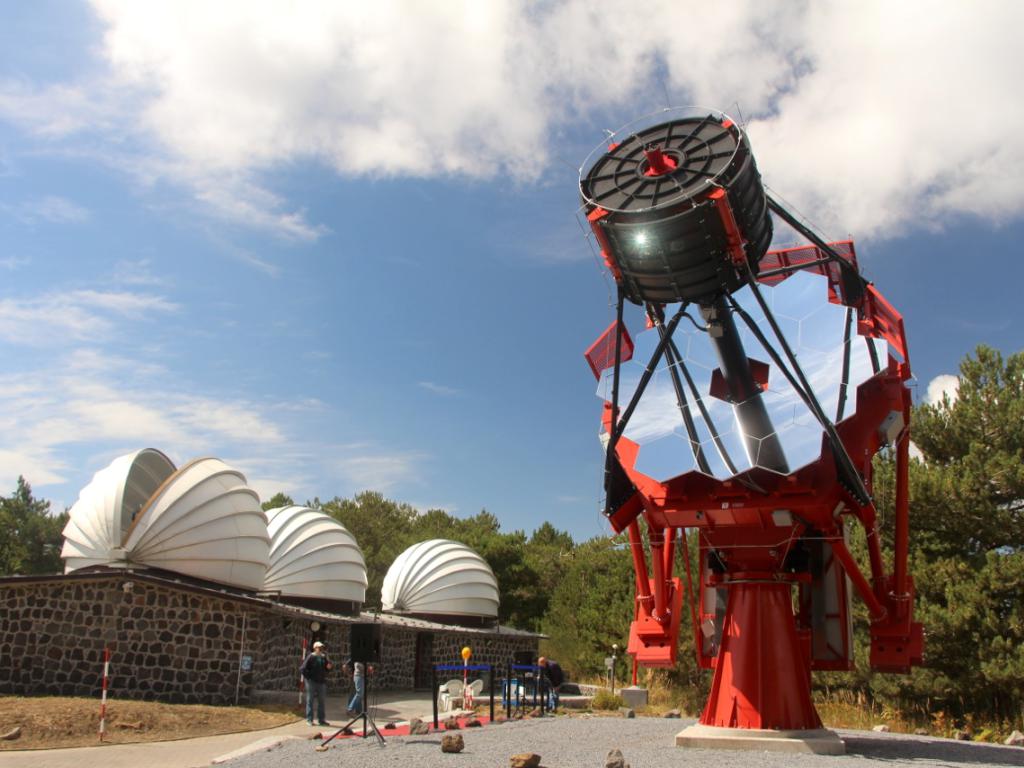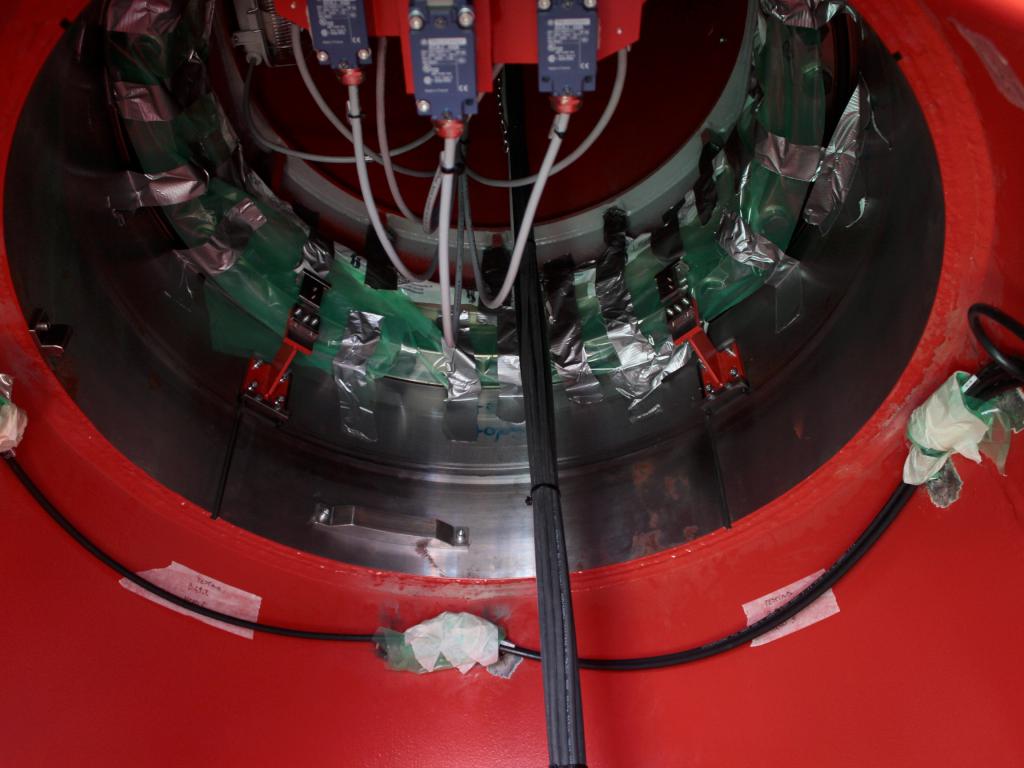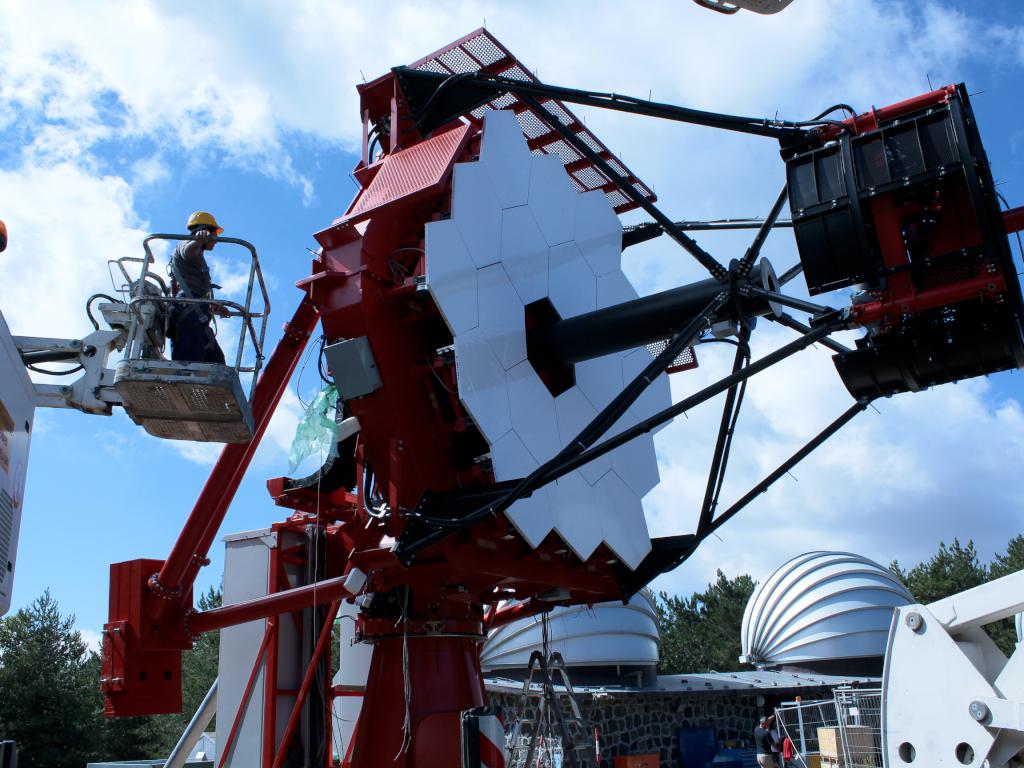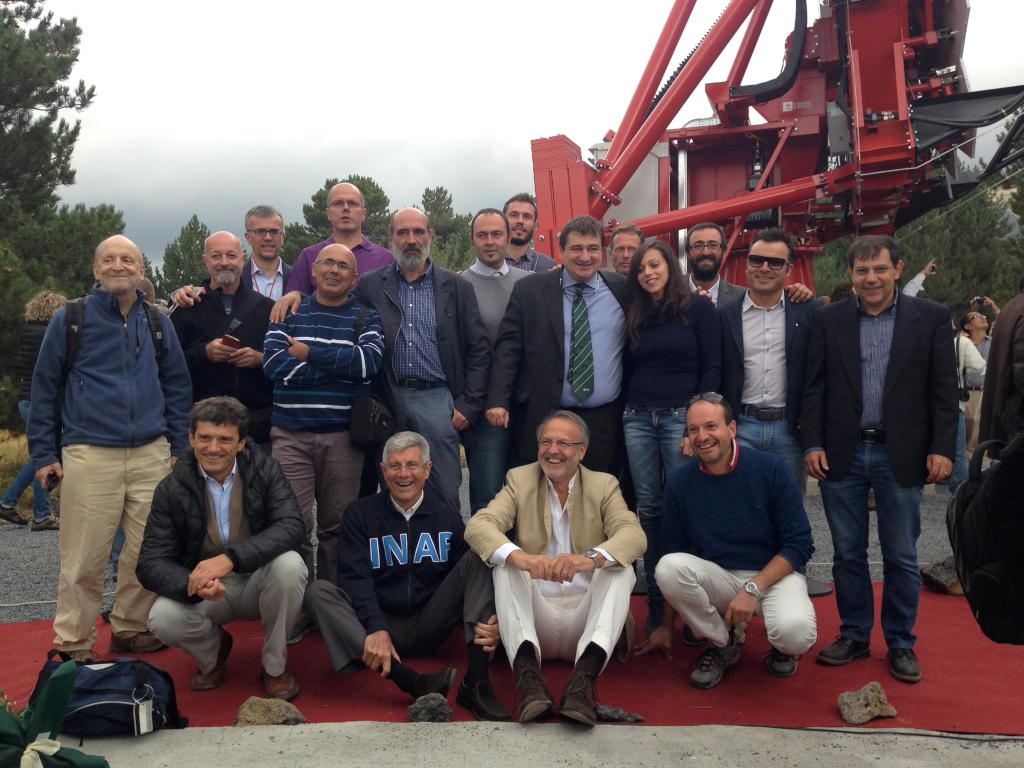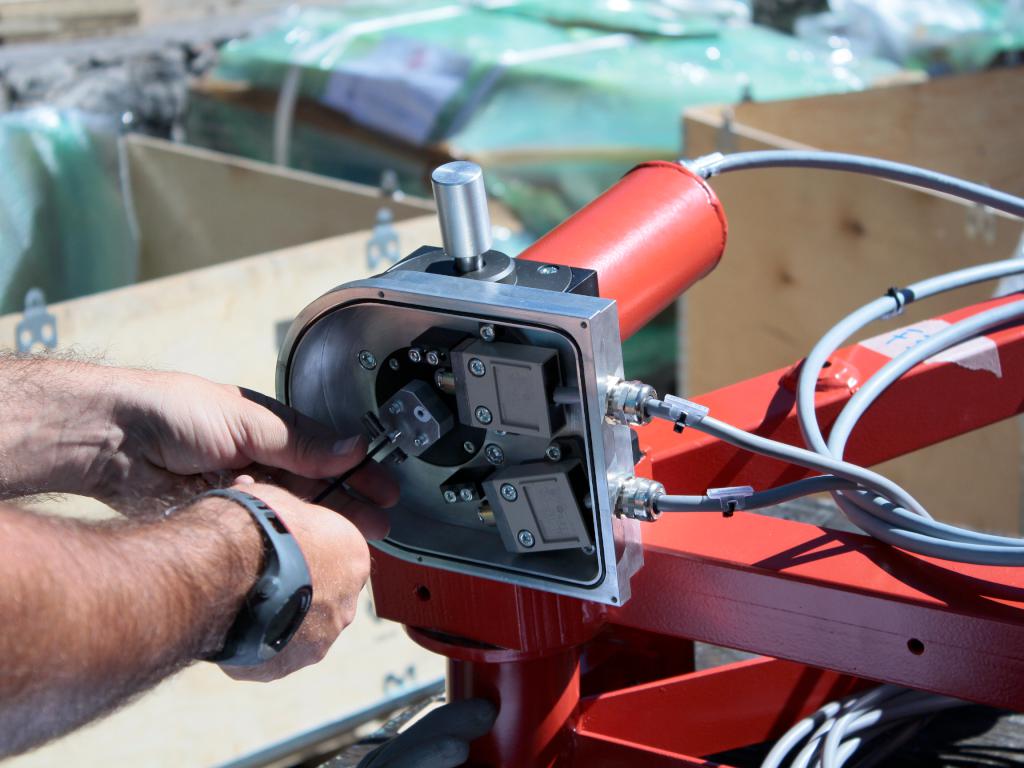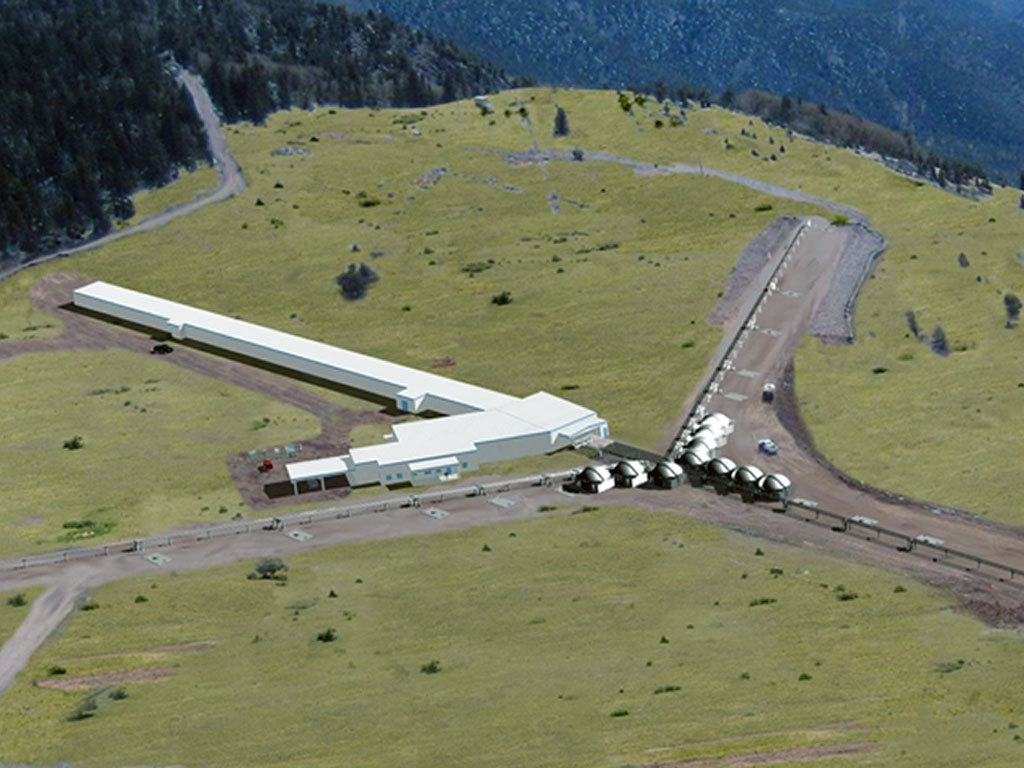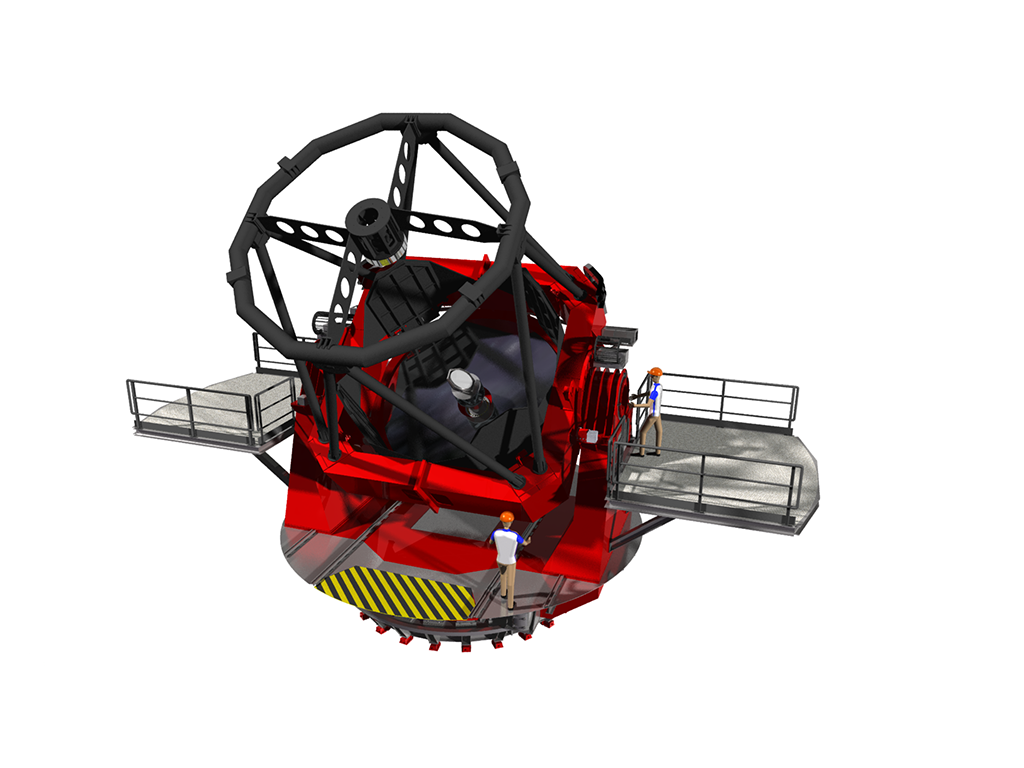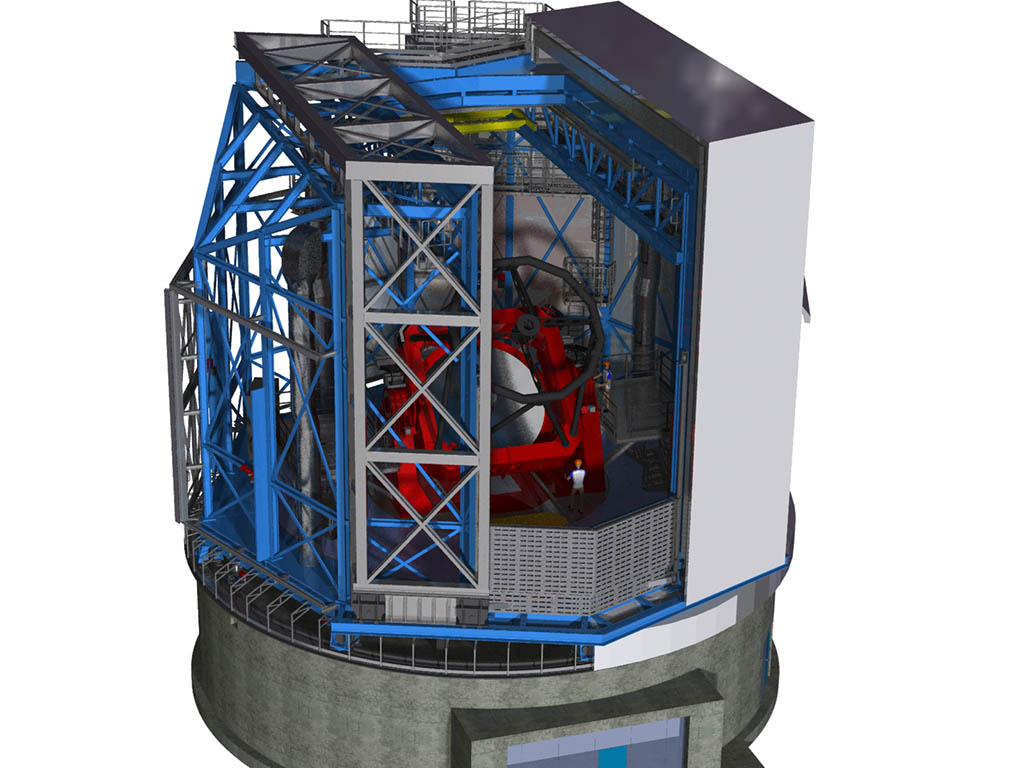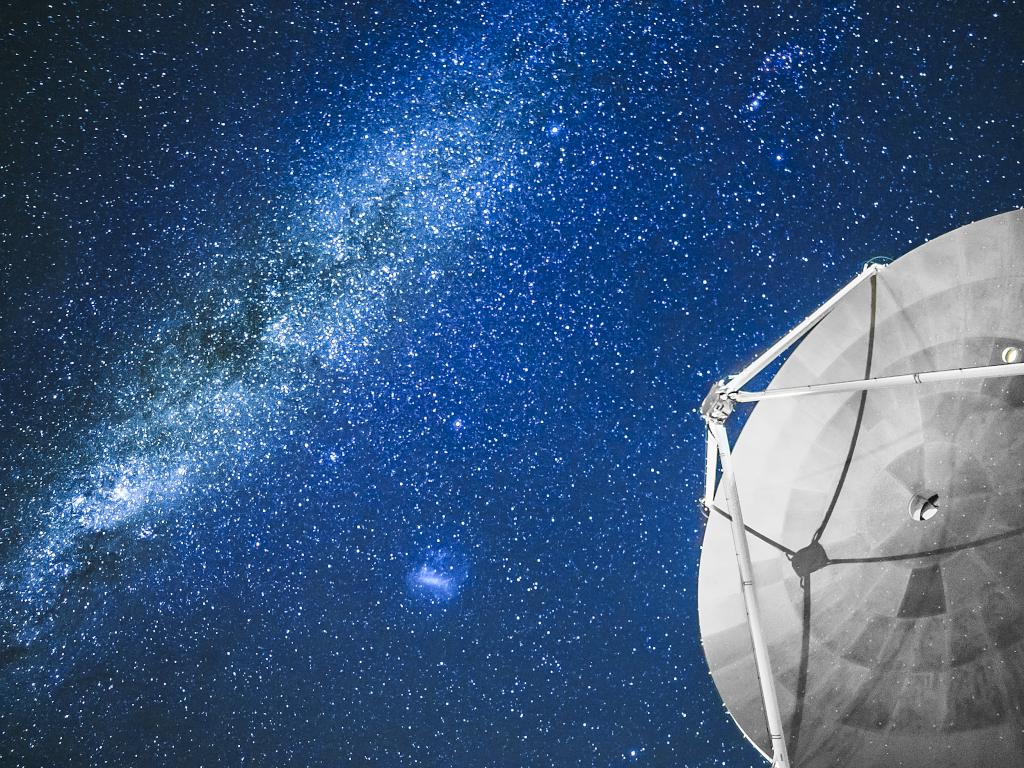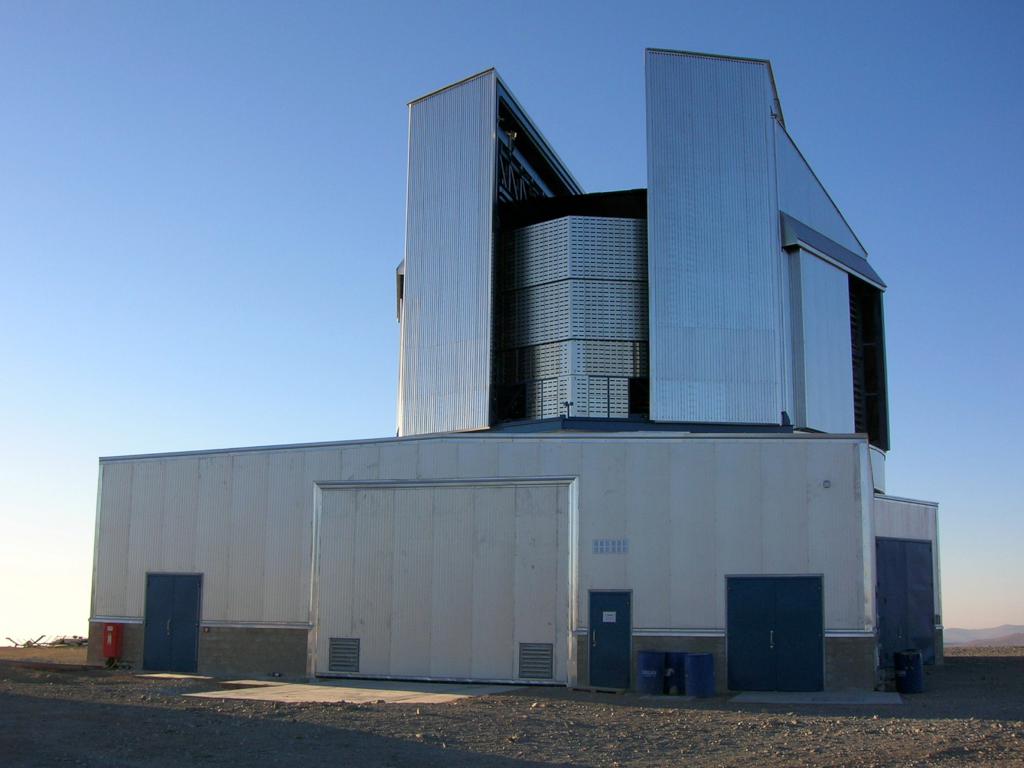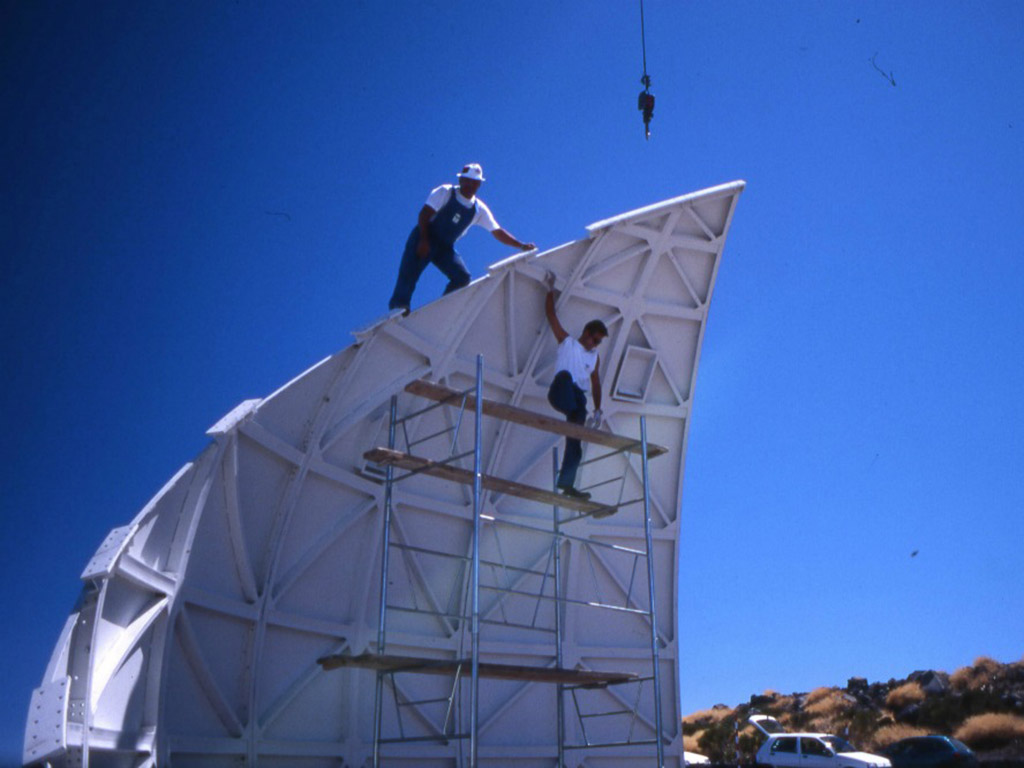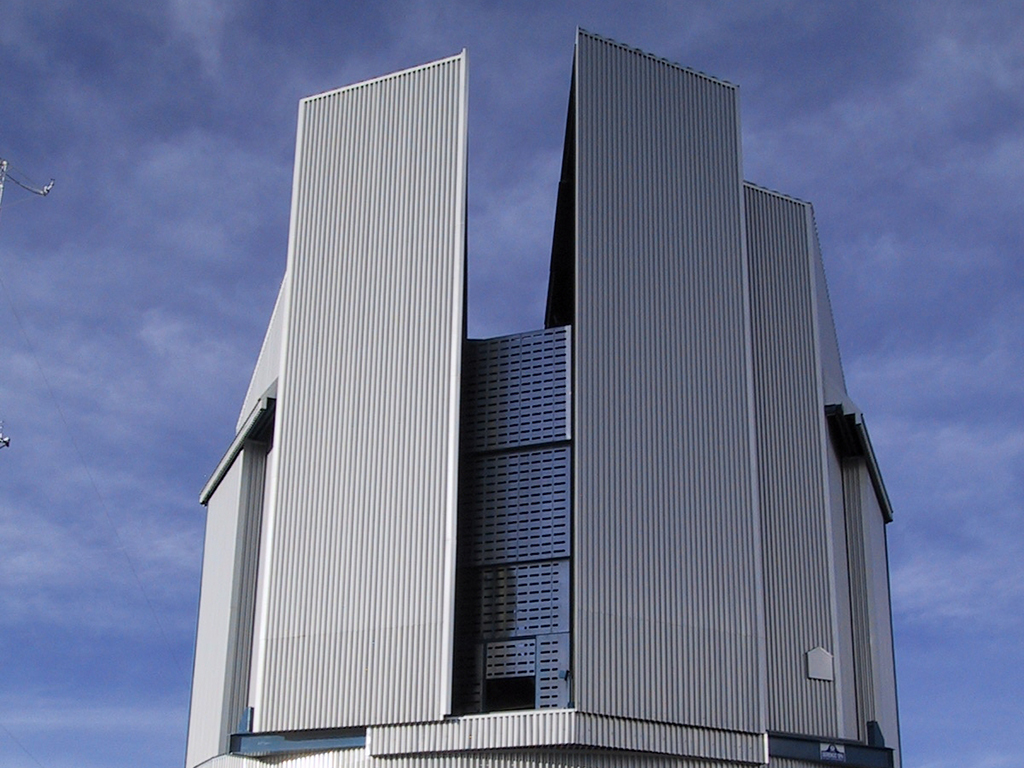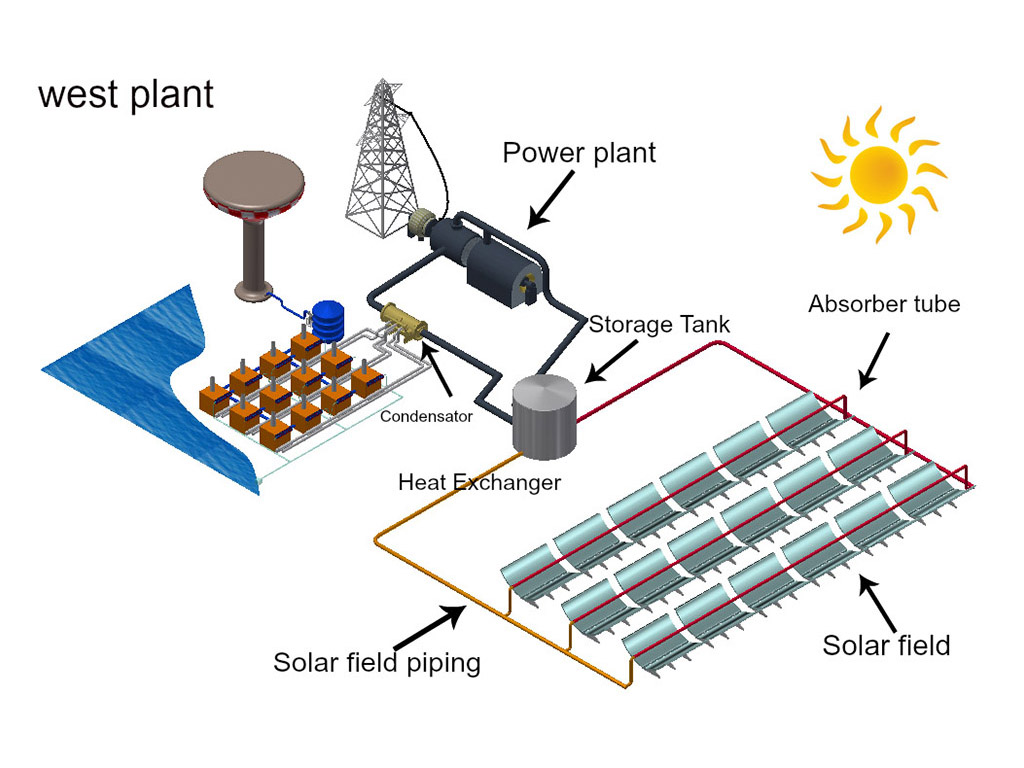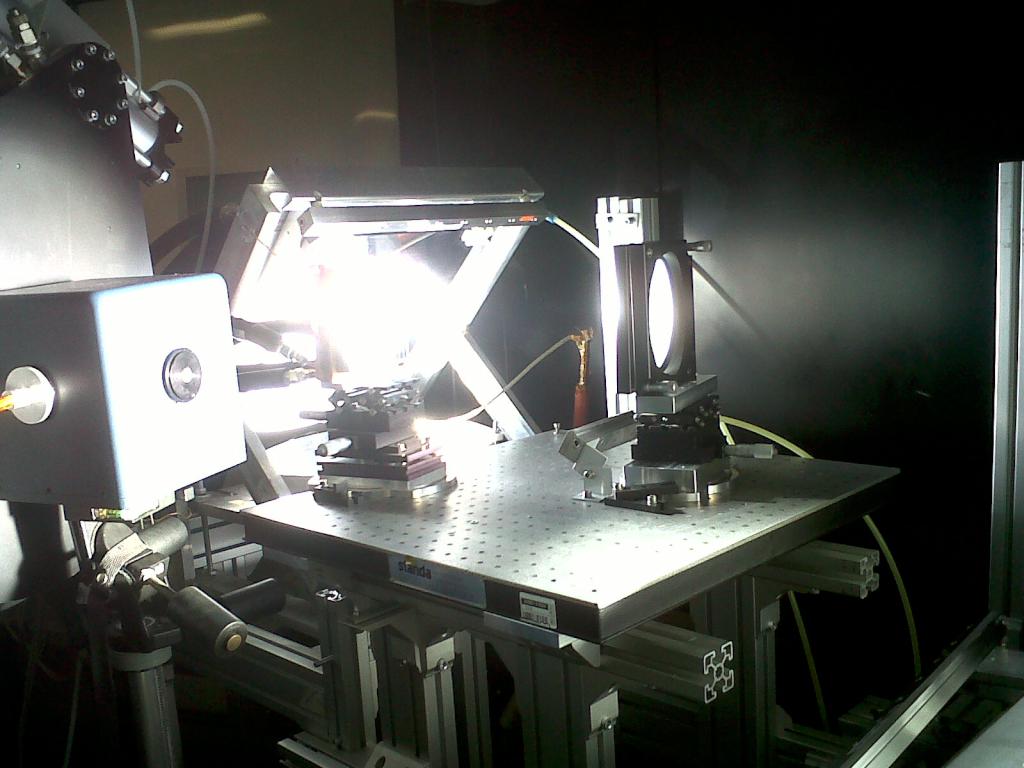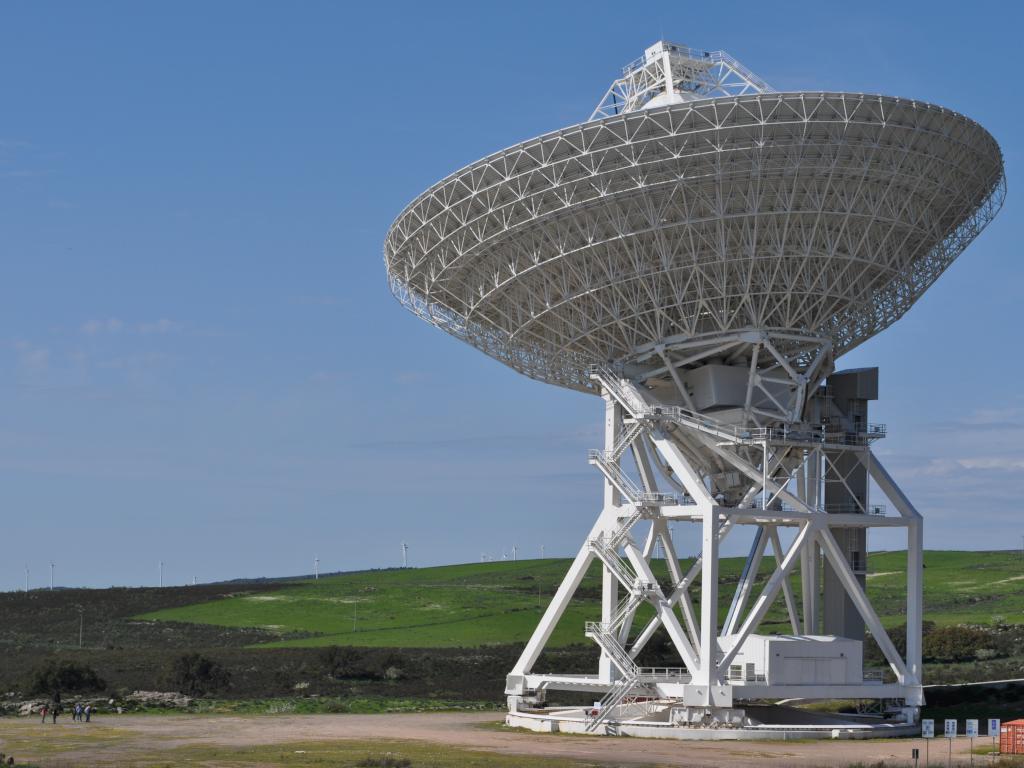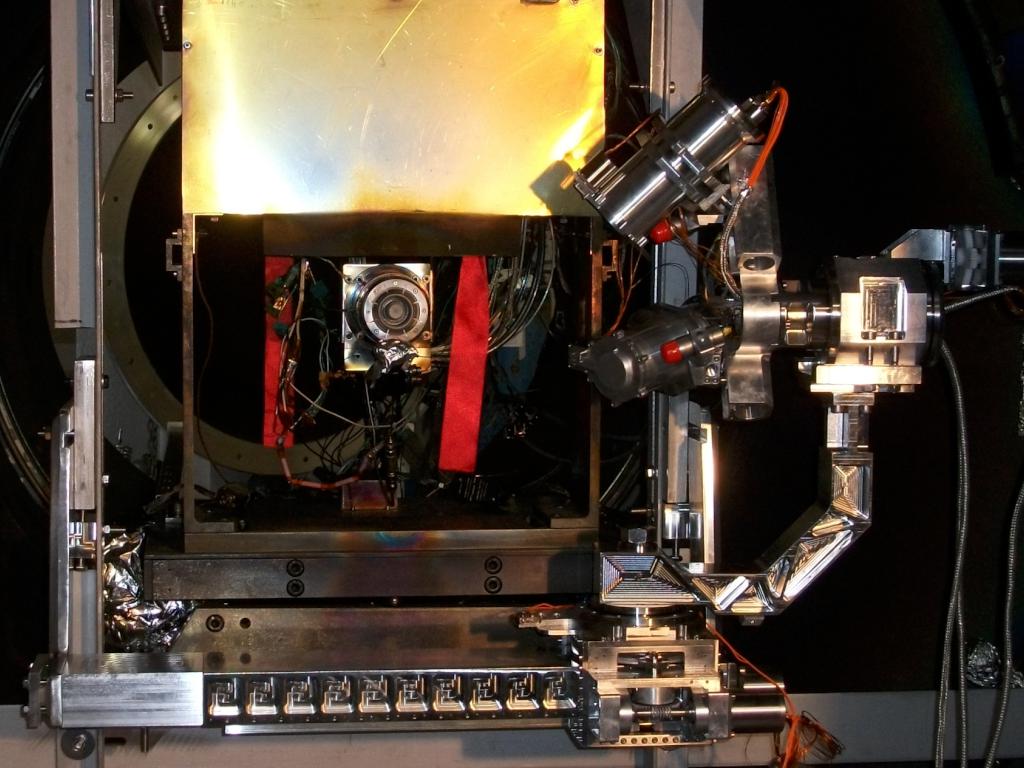ASTRI SST-2M
Site: Serra La Nave - Catania, Italy
State: undergoing tests activities
Activities:
Detail Design, Manufacturing, Pre-Assembly , Packing &Transport, Erection on Site, Commissioning and Testing activities
Date: 2013-2015
Client: INAF – Istituto Nazionale di Astrofisica
Category: astronomy
Credits: EIE GROUP
The ASTRI SST-2M Prototype
Overview:
ASTRI (Astrofisica con Specchi a Tecnologia Replicante Italiana), is an Italian “Flagship Project” funded by the Ministry of Education, University and Research (MIUR) and led by the Italian National Institute of Astrophysics – INAF, within the CTA (Cherenkov Telescope Array) framework. The main goals of the ASTRI project are the design and fabrication of an end-to-end SST (Small Size Telescope) telescope, which is one of the three typologies foreseen by CTA.
The first ASTRI – ASTRI SST-2M prototype, which will be deployed for functional tests and scientific calibrations, was successfully inaugurated in September 2014 at Serra La Nave, on the Mount Etna, by the Astronomical Observatory of Catania - Sicily. This telescope is the first Cherenkov telescope adopting an aplanatic, wide-field, double reflection layout in a Schwarzschild-Couder configuration, with a primary mirror made by 18 segments for a total 4m diameter and a 1.8m monolithic secondary mirror. The light will be focused on a compact camera based on silicon photo-multipliers for air Cherenkov imaging.
By 2016 a mini-array of small-size prototype telescopes was placed in the CTA Southern Site and 60 more units will be then developed and installed in the CTA main site.
The CTA scientific goal consists in building the next generation of ground-based Very High Energy (VHE) gamma-ray instruments to explore in depth our Universe in VHE gamma-rays and investigate cosmic non-thermal processes in close cooperation with other sites observing at different wavelengths.
Characteristics of ASTRI SST-2M:
In 2013 EIE, in partnership with the Galbiati Group (GEC Consortium), was awarded the tender issued by INAF for the design and fabrication of the ASTRI prototype. In nine months only, we delivered to the scientific community a perfectly working innovative end-to-end telescope for High Energy gamma-ray ground astronomy.
The GEC Consortium has re-designed the ASTRI SST2M Base Structure and the Azimuth Fork, developing all mechanical and structural components using FEM (Finite Element Analysis) analyses, to improve accessibility maintainability and safety of the sub-systems and other important components like the Azimuth Encoder and the Azimuth Motors.
The Electrical System has been realized considering the site environmental conditions and the limitations caused by electromagnetic compatibility (shielded cables, EMC cable glands, filters, etc.). An external LPS System has been installed to protect the mechanisms and the delicate components. The Consortium has also developed the algorithm to initiate the measurement system.
The first ASTRI SST-2M prototype has been installed on concrete foundations and it is composed by three major parts:
• The Mount Assembly, composed by the Base Structure and the Azimuth Fork;
• The Optical Support Structure, made by the M1 Dish plus 18 M1 Mirrors, the Central tube with the Camera, the Mast, and the balancing counterweights;
• The Electrical System.
ASTRI SST-2M has also been provided with:
• Azimuth Strip Encoder;
• Elevation Absolute Encoder;
• LPS;
• El Bumpers;
• Az and EL Stow Pins;
• AZ and EL Limit Switches;
• UPS and Electrical Installations;
• AZ Cable Drape;
• EL Cable Wrap;
• Counterweights for the EL Balancing;
• Control System;
• M1 Shields, Optical Baffle & M2 Shield.
Science with ASTRI-SST2M CTA:
The CTA Consortium, which sees the involvement of more than 20 nations, aims at operating through two sites, the first in the Southern Hemisphere (mainly dedicated to galactic sources observations), the second in the Northern Hemisphere (mostly dedicated to extra-galactic sources observations), for a complete coverage of the sky.
Each site will be provided with three different sizes of telescopes (24, 12 and 4 m diameter, for the LST- Large Telescope System, MST-Medium Telescope System, SST-Small Telescope System), distributed on an area of one square kilometer in order to efficiently cover a wide energy band. The CTA telescopes will study the High-Energy gamma-rays and will provide a deep insight into the non-thermal high-energy Universe, where other mechanisms allow the concentration of large amounts of energy onto a single quantum of radiation.
CTA will observe a wide range of particle accelerators of the Universe, from near Pulsars, micro-Quasar, stellar winds and supernovae, to active galactic-nucleus, gamma-ray bursts and galaxy groups and clusters. The study of High-Energy gamma-rays can be used to track the information concerning High-Energy particle formations, through which scientists will get information on High-Energy cosmic rays sources.
Read INAF’s President, Prof. Giovanni Bignami account.
prof.bignami
scarica il poster di ASTRI
astri-design-poster_110x80
astri-factory-poster_110x80
astri-inizio-lavori-poster
Link to ASTRI CTA Telescope official web pages
http://www.brera.inaf.it/astri/
http://www.iasfbo.inaf.it/space/cta/
